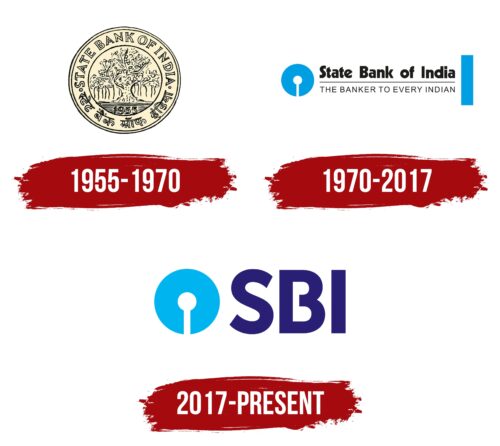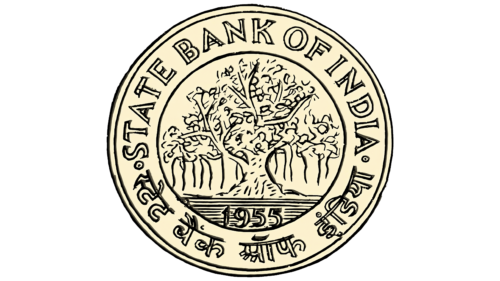SBI: Brand overview
| Founded: | 1 July 1955 |
| Founder: | Ministry of Finance (Government of India) |
| Headquarters: | Mumbai, Maharashtra, India |
| Website: | bank.sbi |
Meaning and History
What is SBI?
This major financial institution and India’s largest public sector bank operate globally. The company serves millions of customers, ranging from large corporations to farmers in small towns. With an extensive network of branches and ATMs that reach even the most rural areas of India, the bank plays a significant role in the country’s efforts to promote financial inclusion. Retail banking, corporate finance, asset management, and international banking are just a few services the company offers.
1955 – 1970
1970 – 2017
2017 – today
SBI color codes
| Midnight Blue | Hex color: | #292075 |
|---|---|---|
| RGB: | 41 32 117 | |
| CMYK: | 65 73 0 54 | |
| Pantone: | PMS 2745 C |
| Picton Blue | Hex color: | #00b5ef |
|---|---|---|
| RGB: | 0 181 239 | |
| CMYK: | 100 24 0 6 | |
| Pantone: | PMS 312 C |







